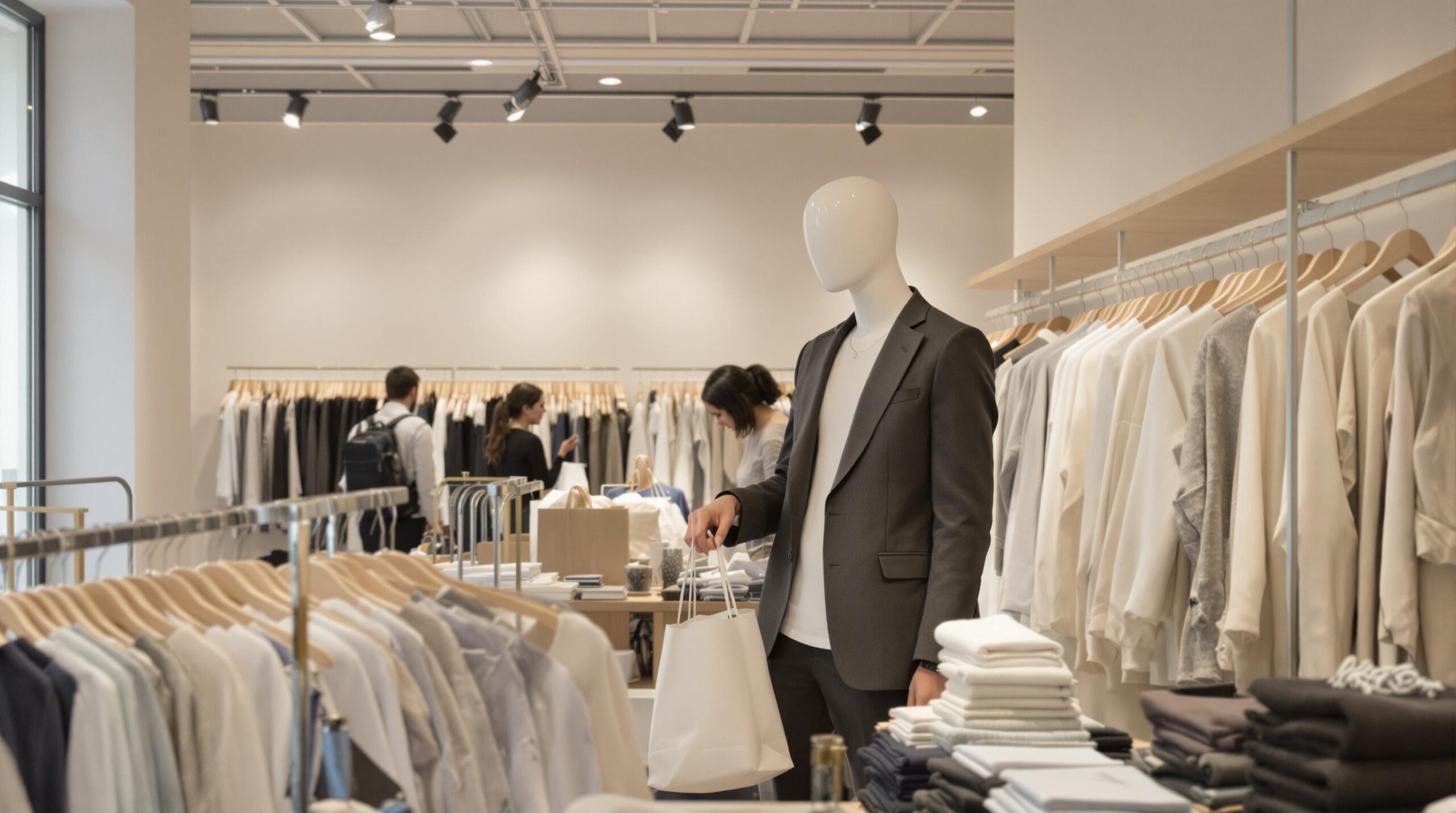Minimalist fashion is transforming how people approach clothing and style. The focus has shifted towards simplicity, functionality, and timeless appeal.
The Rise of Minimalist Fashion
Minimalism in fashion gained popularity in the 1960s. This era celebrated clean lines, neutral colors, and understated designs. Recently, it’s become a significant trend, driven by increasing consumer awareness towards sustainability. As the fashion industry evolves, minimalism presents a counterpoint to fast fashion. The latter frequently promotes overconsumption and waste.
Consumers’ Increasing Demand for Sustainability
Many consumers prefer brands that emphasize sustainability and ethical production. They are becoming increasingly aware of environmental concerns. Minimalist fashion aligns perfectly with these priorities. By choosing minimalist fashion, consumers contribute to reducing waste and pollution. They often seek high-quality pieces that last longer instead of disposable trends.
How Minimalism Encourages Thoughtful Consumption
Minimalist fashion encourages consumers to focus on quality over quantity. A wardrobe full of timeless pieces reduces the need for frequent purchases. Consumers are more deliberate in their buying decisions. They become mindful of their wardrobe’s versatility and longevity. This shift contrasts sharply with the consequences of fast fashion’s rapid turnover.
The Capsule Wardrobe Phenomenon
The concept of the capsule wardrobe complements minimalist fashion. It suggests owning a small collection of essential clothing pieces. These items are timeless and easily mix-and-matchable. Consumers are attracted to the simplicity and efficiency it offers. Coordinating outfits becomes effortless, saving time and reducing decision fatigue.
Economic Factors Influencing Minimalist Fashion
Economic factors also drive the popularity of minimalist fashion. Consumers prefer investing in timeless, durable pieces, potentially saving money in the long term. The focus on quality over quantity reduces impulse buying. Thereby, consumers maintain their budget more effectively.
Slow Fashion Movement’s Impact
The slow fashion movement, underpinned by sustainability and quality, supports minimalist ideals. Brands in this realm challenge the fast fashion model. Consumers are more willing to help these brands. They view buying quality items as a long-term investment. This mindset favors minimalist styles.
Influencers and Minimalist Fashion
Social media influencers play a significant role in popularizing minimalist fashion. They frequently showcase capsule wardrobes and simplified styles. Their platforms highlight the aesthetic and practicality of minimalist fashion. This visibility encourages consumers to adopt minimalism as a lifestyle choice. It also promotes thinking critically about consumption habits.
Social Media’s Role in Shaping Trends
Platforms like Instagram and Pinterest are filled with minimalist fashion inspiration. Visual content simplifies the adoption of this trend. Followers see practical applications of minimalist principles in real-world scenarios. Consequently, they are more willing to incorporate minimalist fashion into their lives.
The Psychological Impact of Minimalist Fashion
Minimalist fashion impacts consumer psychology profoundly. People are drawn to the simplicity and peace of minimalist aesthetics. Reducing clutter cultivates a sense of calm and order. This mindset extends beyond fashion into daily life. The simplicity of minimalist fashion encourages a more intentional and thoughtful lifestyle.
How Minimalist Fashion Influences Identity
Many consumers find minimalist fashion aligns with their values and identity. Wearing minimalist clothing communicates a sense of discipline and elegance. It reflects a focus on essential elements, free of excess. This emotional connection strengthens a consumer’s commitment to minimalist fashion.
Challenges of Embracing Minimalism
Despite its appeal, adopting minimalist fashion poses challenges. Consumers must resist the allure of constantly changing trends. Building a timeless wardrobe requires patience and careful selection. Initially, consumers might feel restricted by the limited options. However, they eventually appreciate the liberation from fashion clutter.
Overcoming the Urge for Newness
Consumer culture often equates newness with desirability. Minimalist fashion counters this by prioritizing timelessness and quality. Success lies in shifting focus from acquisition to appreciation. As habits change, consumers value existing pieces more. This gradual mindset shift makes resisting newer trends easier over time.
Brands Leading the Minimalist Trend
Numerous brands exemplify minimalist principles effectively. They focus on ethical production and sustainable practices, reinforcing the minimalist fashion ethos. Brands like Everlane and Uniqlo prioritize transparency in manufacturing. By doing so, they attract conscientious consumers seeking quality and accountability.
Consumer Support for Ethical Brands
Consumers increasingly prioritize ethical consumption. Minimalist brands offer an appealing alternative. By supporting these brands, buyers promote ethical practices in the fashion industry. This contributes to a broader movement towards socially responsible consumerism.
Conclusion
Minimalist fashion is reshaping consumer buying habits significantly. It encourages thoughtful consumption, sustainable practices, and a focus on quality. Influencers and social media platforms amplify minimalist fashion’s reach and impact. Through intentional purchasing decisions, consumers find satisfaction and peace in simplicity. As minimalist fashion evolves, it offers a new perspective on personal style and consumer culture. Transitioning to minimalism requires a shift in mindset. Yet, the journey promises a more meaningful and sustainable approach to fashion.

